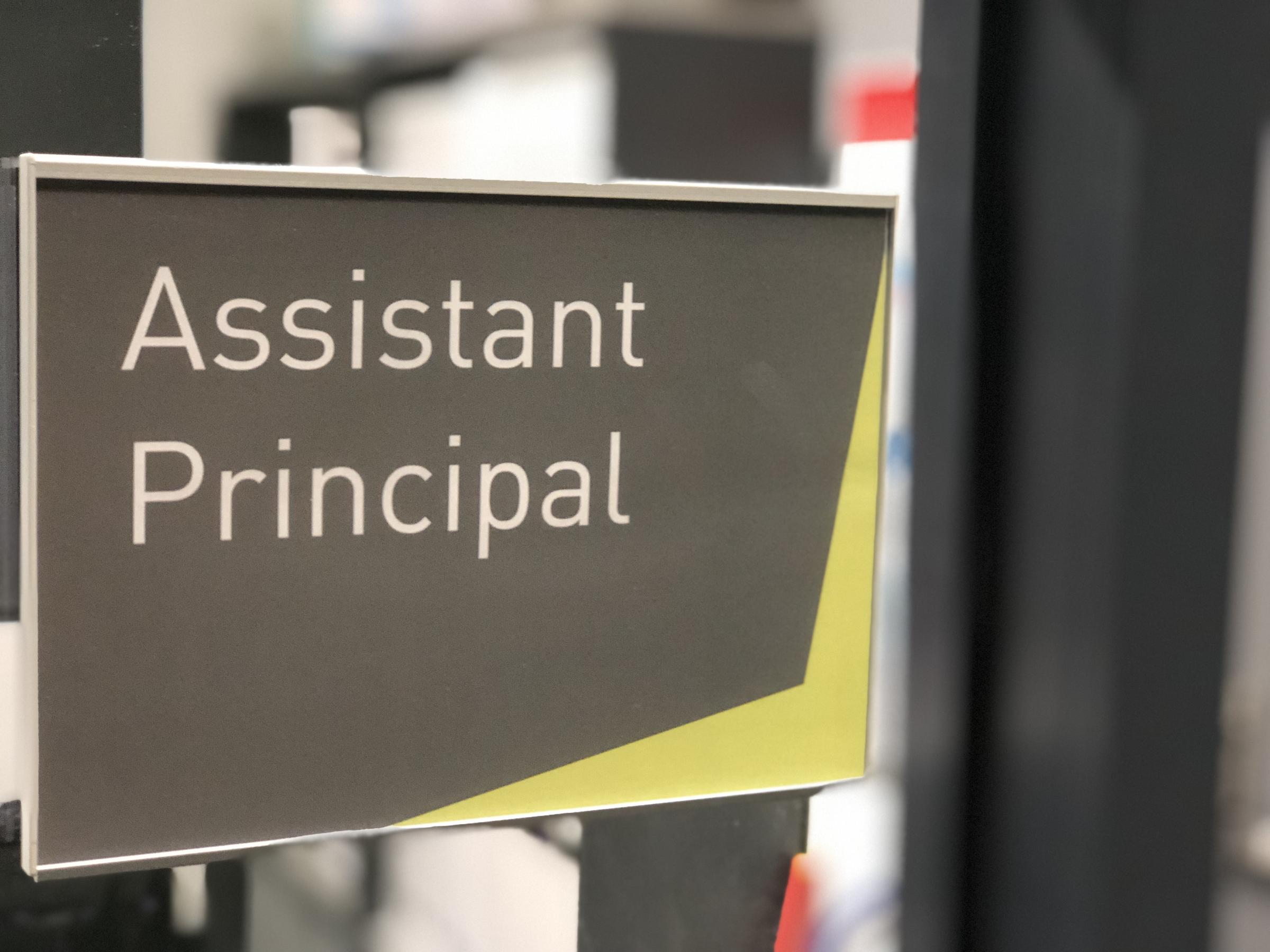Assistant Principal REPORT

School Wide Positive Behaviour
At the beginning of this term a team of teachers and I attended a 2-day workshop which has set us on the path to implementing a School Wide Positive Behaviour framework in our approach to student behaviour and wellbeing.
What is School Wide Positive Behaviour (SWPB)?
- A "broad range of systemic and individualised strategies for achieving important social and learning outcomes and preventing problem behaviour with all students" (Sugai & Homer, 2011)
- A school-wide process for developing and explicitly teaching appropriate and positive behaviours.
Why is it important?
- Some students have not yet learnt how to behave appropriately, but they can learn.
- Punishment, especially when used inconsistently and in the absence of other positive strategies, is
ineffective. Introducing, modelling, and reinforcing positive social behaviour is an important step of a
student's educational experience.
- Students learn appropriate behaviour in the same way a child who doesn’t know how to read learns to
read— through instruction, practice, feedback, and encouragement.
- Teaching behavioural expectations and rewarding students for following them is a much more positive
approach then waiting for misbehaviour to occur before responding.
- To establish a climate in which appropriate behaviour is the norm.
An effective school-wide system of positive behavioural interventions and supports is only as good as the structures and processes that involve all school stakeholders:
Over the coming newsletters and into 2020 we will be sharing our work/facts/information with you as we work together to build a strong home school partnership in positive behaviour.
As part of SWPB we will also be calling on family input through various stages of implementation. So please look out for any announcements for surveys/ community conversations regarding this framework.
We look forward to working with each of you in implementing school wide positive behaviour.




